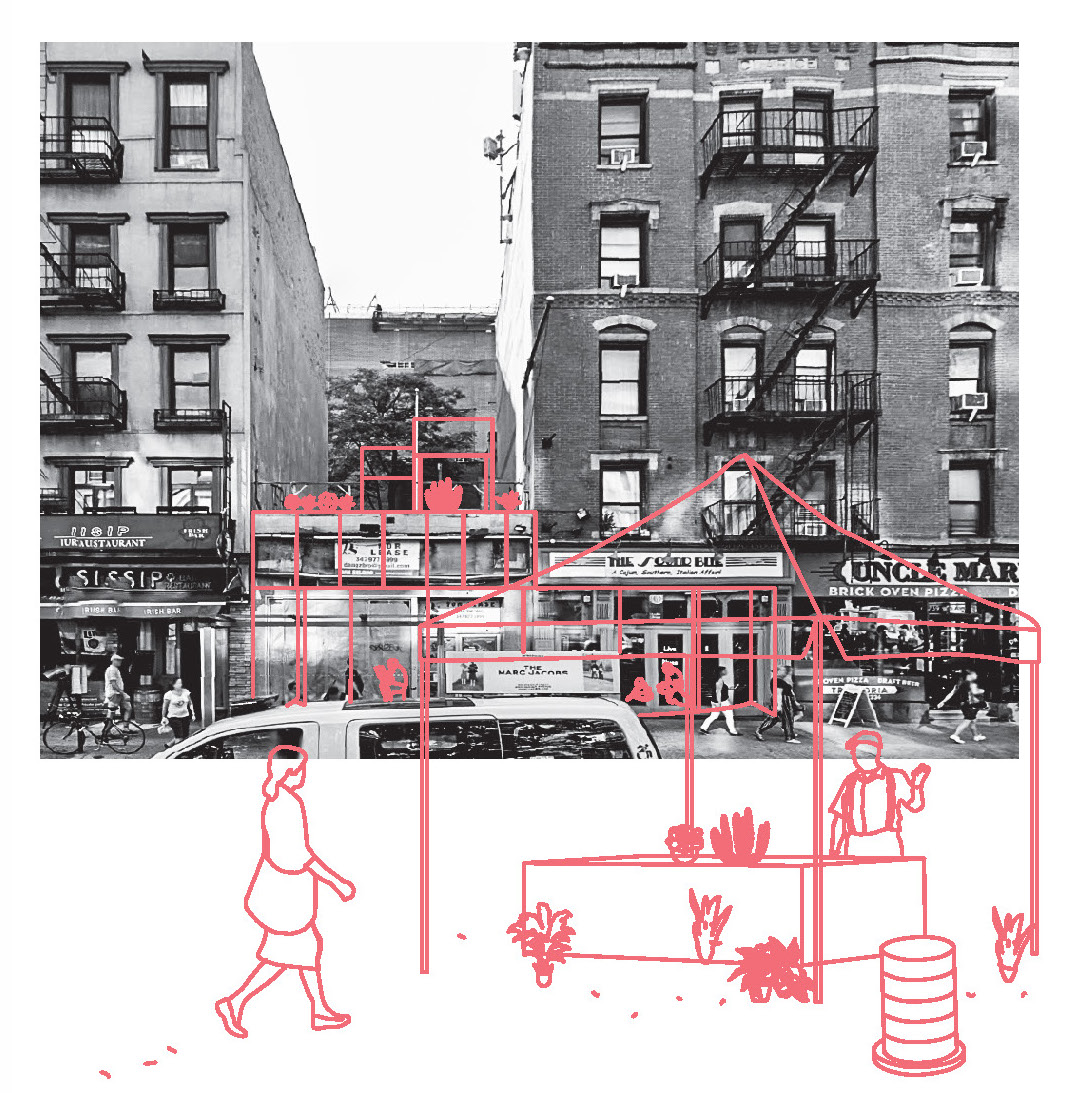
We are celebrating 15 years — and counting — of stories that are deeply researched and deeply felt, that build a historical record of what the city has been.
We are celebrating 15 years — and counting — of stories that are deeply researched and deeply felt, that build a historical record of what the city has been.
In a 1988 tome arguing for the continued vitality of the city center, William H. Whyte implored readers to reconsider its “huge reservoir of space yet untapped by imagination.” Though he was thinking specifically of the post-industrial, pre-gentrification American urban landscape, partially deserted by capital and white flight, different circumstances today call for less predictable second chances, from suburban shopping centers to luxe office space in the urban core. In American Urbanist, biographer Richard K. Rein charts the unusual trajectory of the influential polymath: from journalist and author, to in-demand business analyst and planning consultant, to open space preservationist and meticulous observer of city life. Whyte’s 1956 bestseller, The Organization Man — a pop-sociological study of the managerial class emerging within post-war American corporations — provides Rein with an anchor for understanding the motivations and commitments that animated Whyte’s perspectives on how American cities work and don’t. Wary of a conformist “social ethic,” while sounding caution about anti-social strains of individualism, Whyte, a self-professed “organization man” himself, would strive to balance the needs and perspectives of lay urban dwellers with the prerogatives of powerful institutions, both public and private. Culminating in his involvement with the restoration and redesign of Bryant Park in the late 1980s and early 1990s, Whyte’s approach to preservation and rehabilitation of old buildings and neglected outdoor spaces maneuvered through and around the edges of — but rarely pushed against — existing legal frameworks and social mores. His enduring influence on urbanisms “new” and “tactical” underline a bedrock belief, perhaps overzealous, in the potential of pocket-sized spatial solutions to improve life in a diverse metropolis, and at its peripheries as well.
Along those ever-expanding edges of American urban sprawl, a new kind of “center” became synonymous with suburban life in the latter half of the 20th century. Alexandra Lange’s Meet Me by the Fountain provides a broad survey of the shopping mall’s surprisingly rich history, seemingly bleak present, and uncertain, yet hopeful, future as both habitat and cultural touchstone. Though malls were by and large “designed as a delivery system for planned obsolescence,” and reflected and reproduced fraught social legacies (think surveillance, policing, and exclusion), they remain surprisingly resilient. Some have benefitted from rigorous maintenance regimes, while others have found success back in the urban center (been to the Oculus lately?), or by catering to new demographics in increasingly less homogenous suburbs. Lange casts a critical eye toward apocalyptic depictions of malls in popular media. Acknowledging that they have fallen on hard times, she highlights work done by designers and planners, and also local communities, to transform these places of consumption into something more suited to other social purposes. She also points out that these frequently-maligned, privately-owned structures have always, in part, already served as public spaces. Particularly for the young and old, smooth tiling and large indoor atriums are well suited to provide an accessible pedestrian experience or a safe spot for good old-fashioned loitering. When we prematurely pronounce the mall’s death, “we risk treating [it] only as a disposable consumer object and neglecting the basic human need that it answered.”
For Michael Meredith and Hilary Sample of MOS Architects, empty commercial spaces such as retail storefronts and office buildings are similarly ripe for radical retrofit. In Vacant Spaces NY, the designers interrogate the proliferation of architectural waste existing alongside some of the “highest and best uses” imaginable. Taking Manhattan as a vast case study, Meredith and Sample, with the help of students, set out to catalog (with a Whyte-like empiricism) the physical imprint of empty storefronts and office space. Hundreds of original photographs are cross-referenced with a trove of graphs examining socioeconomic metrics and maps drilling down to vacancy at the neighborhood level. The architects’ sleuthing, paired with publicly-available information is, by their own admission, an incomplete effort: “Vacancies have been historically omitted in city policy and real estate development decisions that indirectly cause them . . . Because the data on vacant spaces in New York City is opaque, we made our own observations.” Yet their documentation provides a canvas for speculation of a kind totally different from that fueled by development. Meredith and Sample visualize alternate futures: street-level stores, once catering to luxury products and experiences, become collective and affordable apartments, community centers, libraries, and soup kitchens. Acknowledging the large-scale, structural problems of financialized real estate while proposing small-scale interventions, the designers don’t pretend to have all the solutions, but rather aspire to take part in “a collective process of imagining a better city.” If, as Whyte once wrote, “where there is waste there is opportunity,” what counts as waste now? The processes that generate spatial scraps may have evolved, but so have strategies to recover them.
The views expressed here are those of the authors only and do not reflect the position of The Architectural League of New York.
